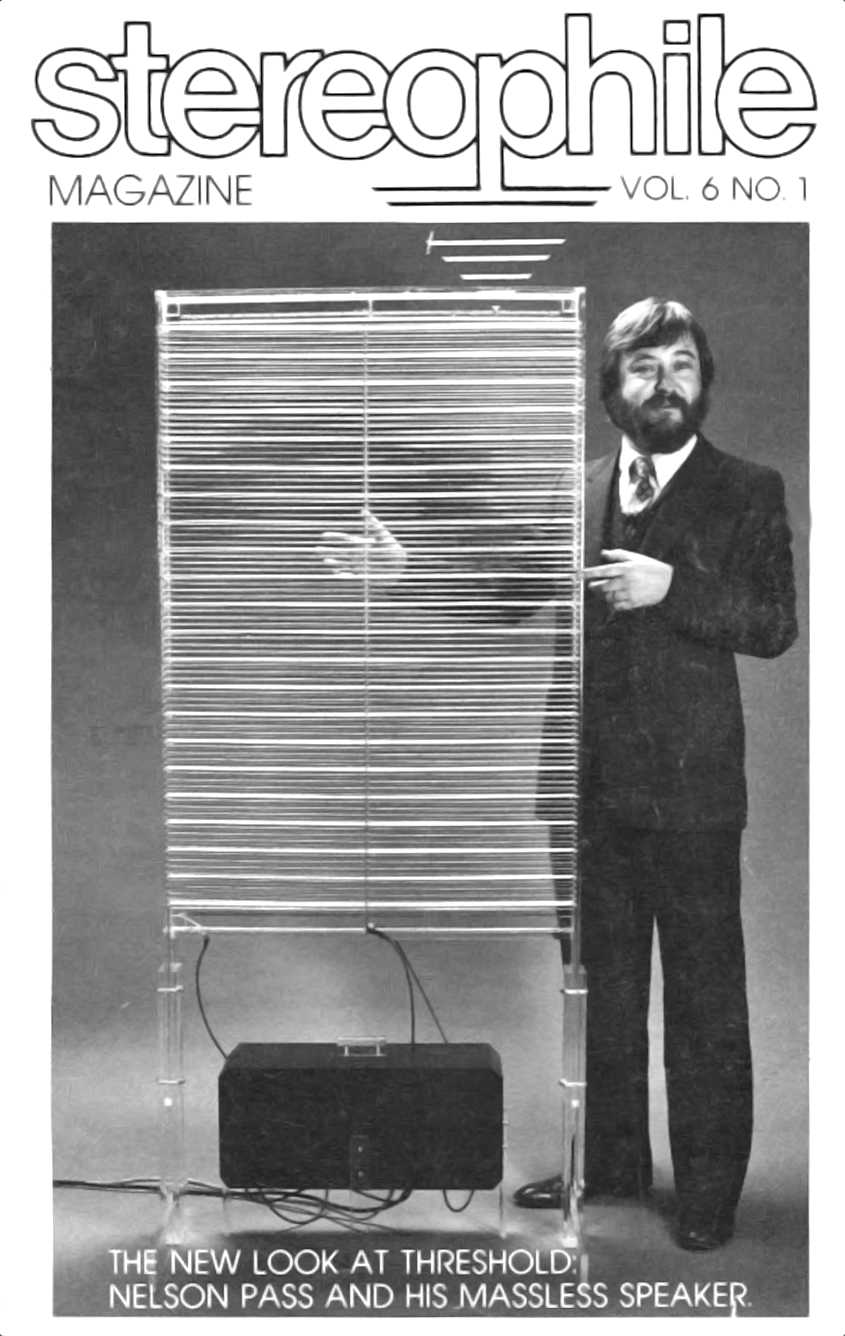Nelson Pass is a well known and prolific audio designer with his own company Pass Audio. In 1980 he designed and built a prototype corona wind loudspeaker that he called an Ion Cloud panel, one of the better names of a massless speaker. Stereophile (1980) called him the ionic man. An often recounted story is that after a few days of demonstrating the device at a trade show he was hospitalised after inhaling too much ozone. Even in the 80s the toxic effects of ozone were widely known and it is easy to smell before it gets to dangerous levels so perhaps a little more research was needed before using it.
